Last month when I reviewed the classic 105mm f/2.5 Nikon lens I mentioned that I’m a big fan of the 105mm focal length. And while I could use the classic lens on my modern cameras, the smaller size looks funny on my larger autofocus cameras, namely the Nikon F4, F5, and D300. On my first trip to New York City and a visit to B&H Photo resulted in the purchase of this beauty. And immediately did a photoshoot in Central Park with a friend and her then partner. a new version of the classic lens that has more than a few tricks up its sleeve. Since its purchase, the DC-Nikkor 105mm f/2D has been a constant companion on many vacations, weddings, portrait sessions, and photo walks. It’s big, heavy, well built, and an optical powerhouse.
Lens Specifications
Make: Nikon
Model: AF DC Nikkor 105mm 1:2D
Focal Length: 105mm
Focal Range: ∞ – 0.9m
Aperture: f/2 – f/16, 9 Blades
Structure: 6 Elements in 6 Groups
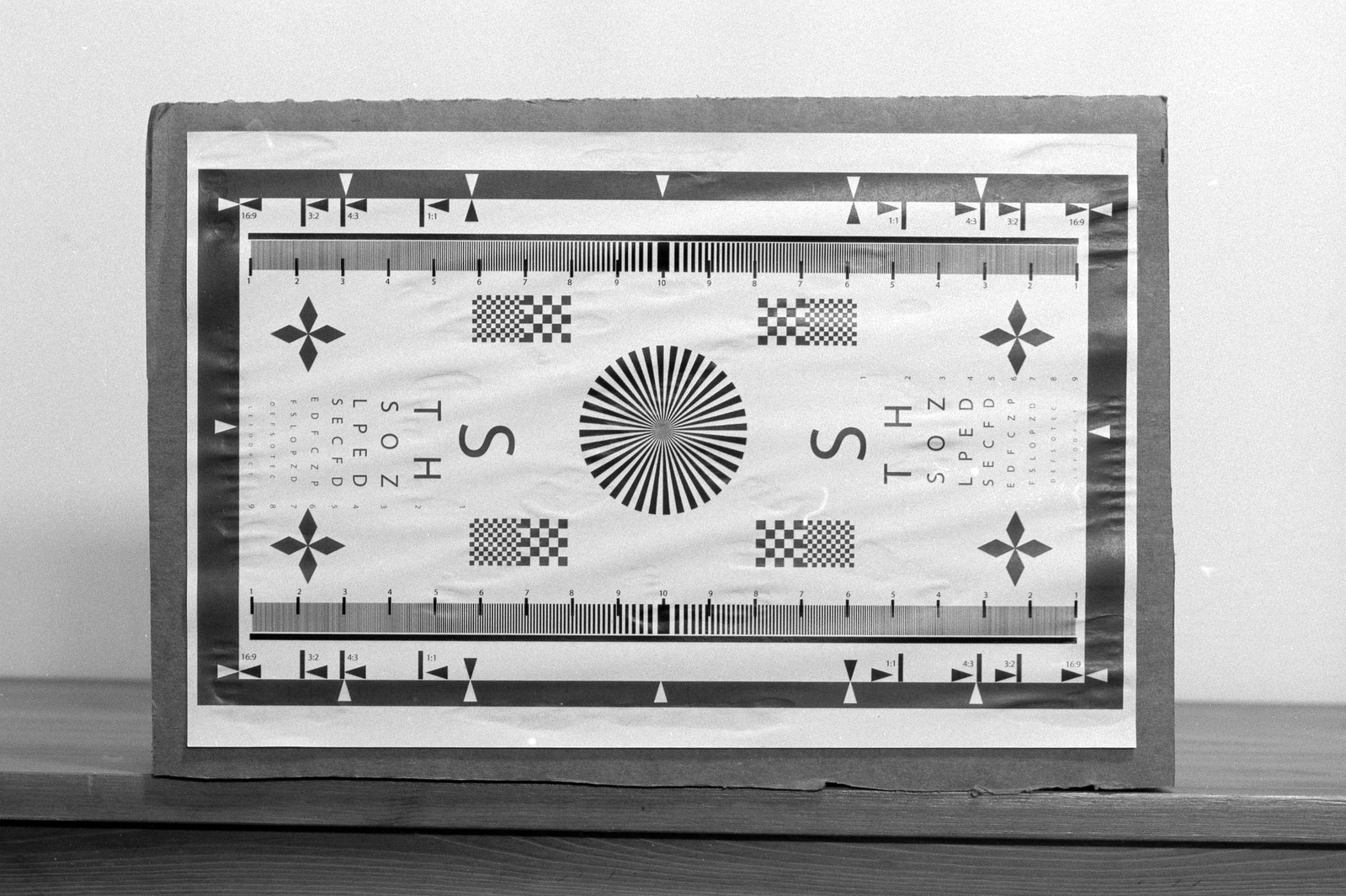
Nikon F5 – AF DC-Nikkor 105mm 1:2D – Kodak TMax 100 @ ASA-100 – Kodak D-76 (1+1) 9:30 @ 20C
Build Quality
The lens is built like a tank, and it both looks and feels like one. Constructed primarily of metal there are some plastic elements but nothing to be concerned about. If you haven’t worked with lenses of Nikon’s professional level from the early to mid-1990s, then there will be some control surfaces are a little different than what you can expect. The pebbled surface and moulded grip on the focusing ring gives the lens a certain industrial look. The manual/autofocus control is a ring with a locking button to help prevent an accidental switch, but when accessed with purpose moves nice and smooth. And in manual focus mode, the ring runs smoothly and allows for smooth and accurate focusing. Another control that a first time user may not be familiar with is the defocus control. It will enable you to adjust which parts of the image is out of focus, even if the aperture you’re shooting at is different. A feature perfect for portrait shooters to help them clean up some aspects of the image. The one concern I have with the lens is the aperture control ring. While of no interest on a modern Nikon body that allows for aperture control to be done from the camera. It’s on the cameras that don’t have that functionality that I find the aperture ring gets lost behind the bulk of the main lens barrel. The 105/2D carries on the use of an integrated lens hood which does help when shooting in hard light, reducing the lens flare. Plus it gives a little bit of protection if you take a look at my copy, you’ll notice a dented section where the lens hit a hard wall. The hood took the damage rather than the lens barrel or the front optics.
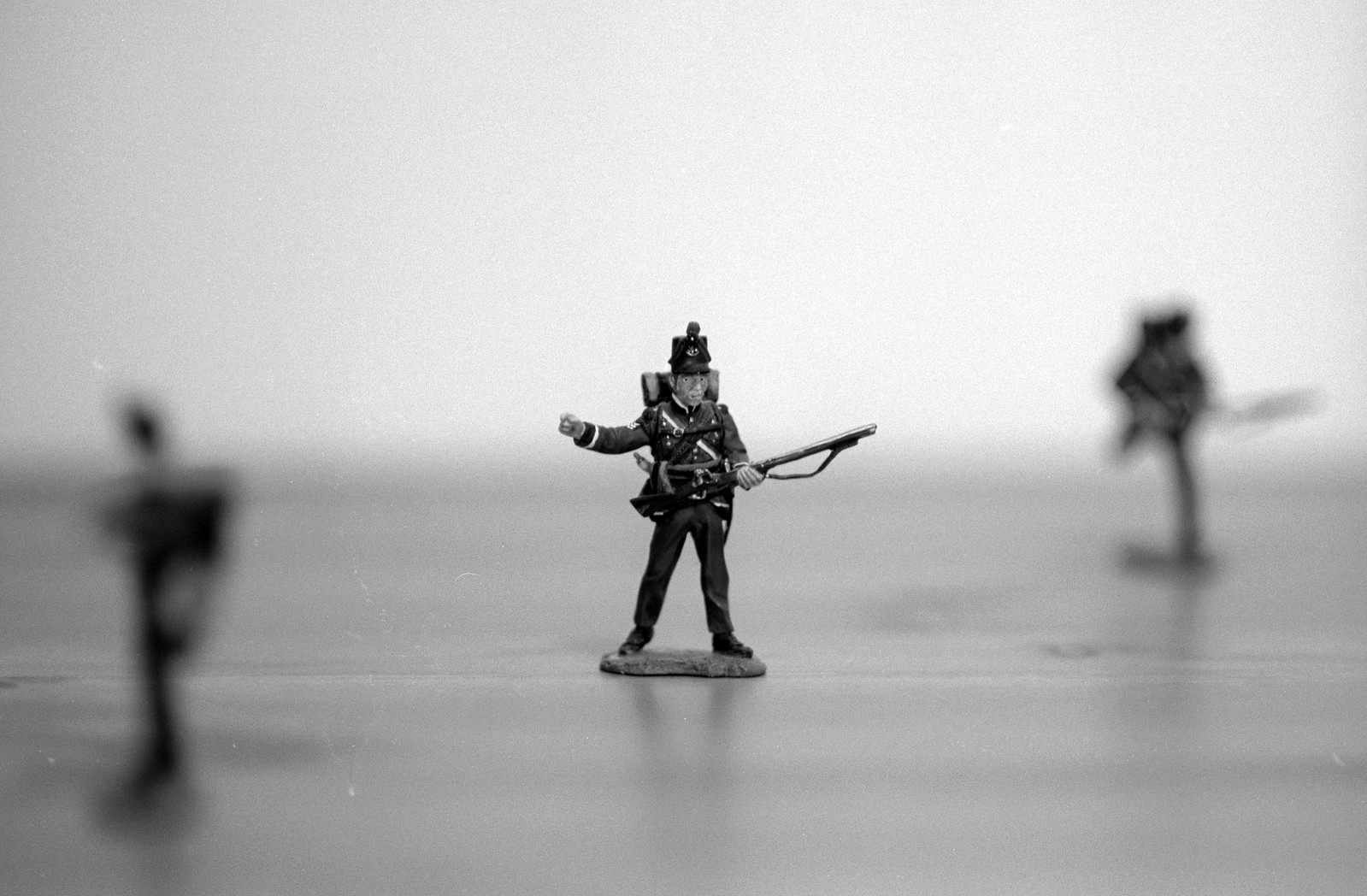
Nikon F5 – AF DC-Nikkor 105mm 1:2D – Kodak TMax 100 @ ASA-100 – Kodak D-76 (1+1) 9:30 @ 20C
Nikon F5 – AF DC-Nikkor 105mm 1:2D – Kodak TMax 100 @ ASA-100 – Kodak D-76 (1+1) 9:30 @ 20C
Nikon F5 – AF DC-Nikkor 105mm 1:2D – Kodak TMax 100 @ ASA-100 – Kodak D-76 (1+1) 9:30 @ 20C
Nikon F5 – AF DC-Nikkor 105mm 1:2D – Kodak TMax 100 @ ASA-100 – Kodak D-76 (1+1) 9:30 @ 20C
Nikon F5 – AF DC-Nikkor 105mm 1:2D – Kodak TMax 100 @ ASA-100 – Kodak D-76 (1+1) 9:30 @ 20C
Image Quality
If there is a lens that I feel is close to being optically perfect the 105/2D is that lens; I only say that because it grew out from another near-perfect lens from Nikon, the legendary 105/2.5. There is zero distortion even when you bring the lens in close no unwanted distortion of your subject even when you get it in close. The lens has no real sweet spot for optical sharpness; the images it produces are sharp at any aperture from f/2 to f/16. Just don’t expect too much in the way of depth of field when you’re getting in close, even at ~5 feet and stopped down to f/16 the front and rear soldiers were still out of the depth of field range. But you’re not buying this lens for deep landscapes, right? But the out of focus areas of the lens is luscious and smooth thanks to the rounded nine-blade aperture. You can completely blur out the back/foreground at f/2 or keep some level of detail with f/16. Or control where you want your out of focus elements to be with the defocus control. I used it a couple of times during these test shots and in the field to help blur out unwanted elements. The flower shots are examples of using that control. My favourite spot on the lens is f/8 it generally gives me the depth of field that I look for in my shots when working with the 105/2D, but as I said earlier, the lens produces a sharp image no matter what aperture you shoot at, your focus point will be sharp.
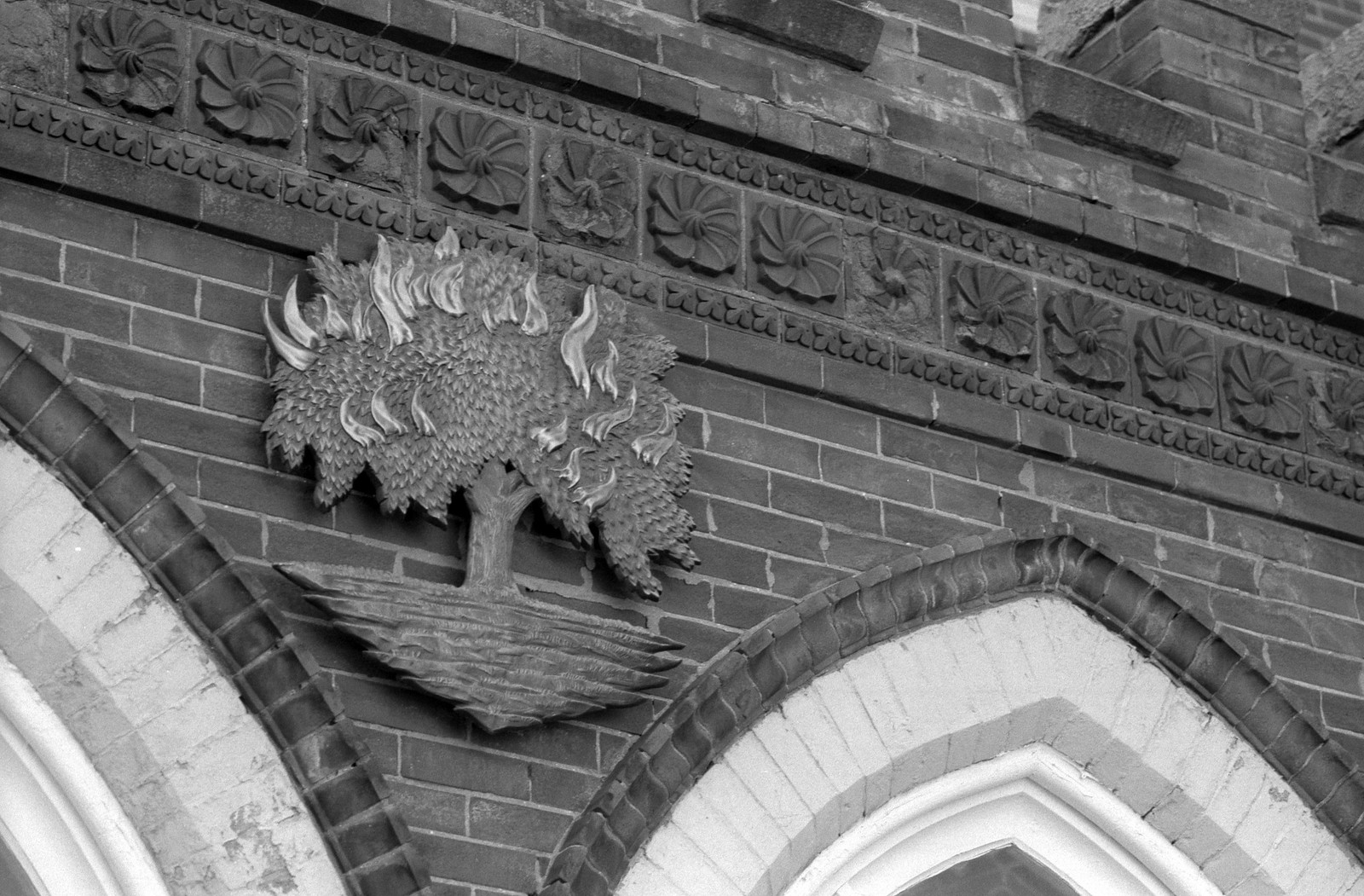



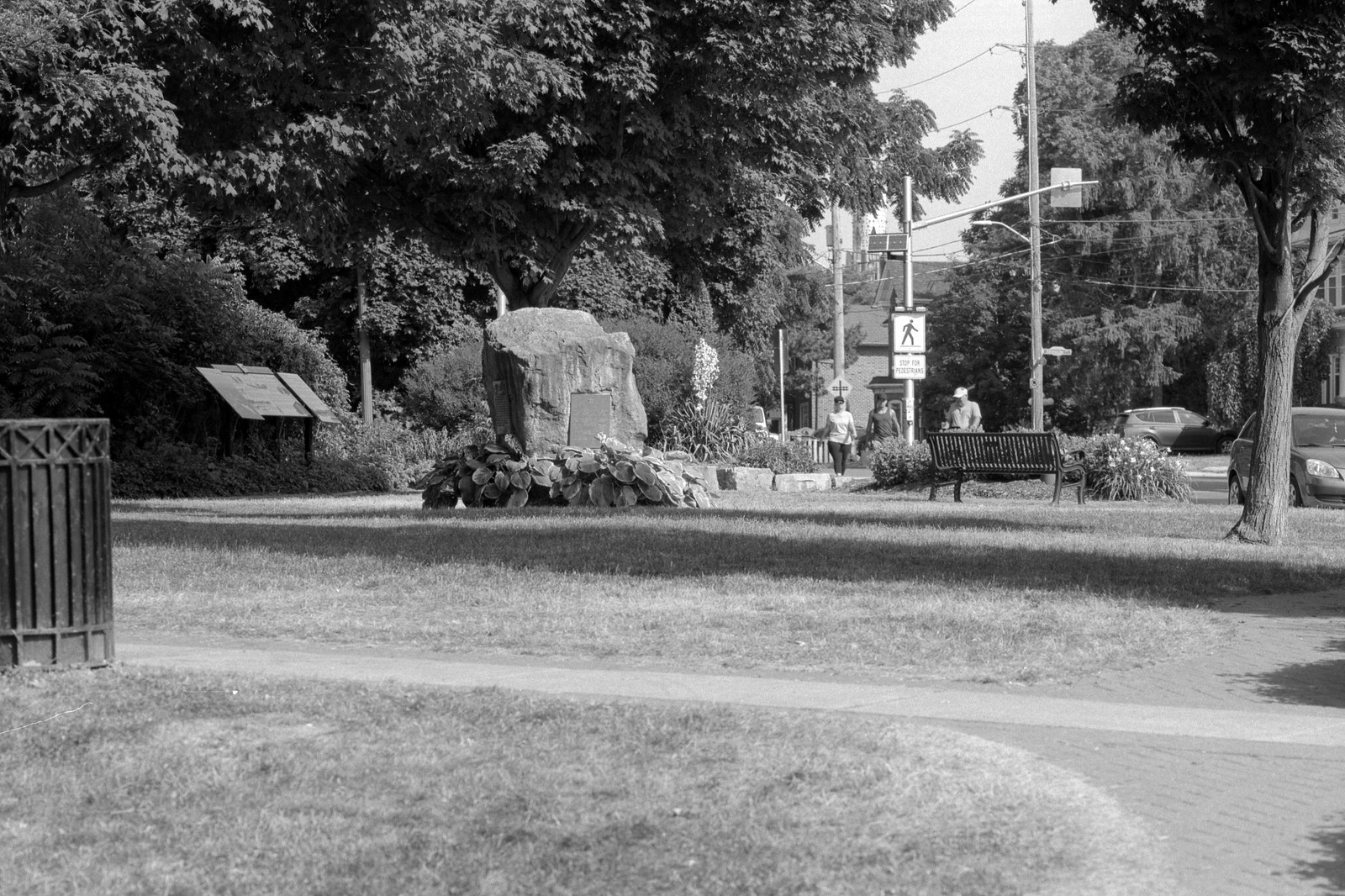
Applications
When it comes to short telephoto lenses, I feel that they are a perfect lens to add to any major prime lens kit. The 105mm f/2D is excellent for events, street, travel, and architectural detail work. But where the lens truly shines is in portrait work. The length combined with the fast aperture allowed for excellent subject separation and made all the better using the DC control which as I mentioned previously will enable you to control how much foreground and background are thrown out of focus giving you fantastic control. And you don’t have to use that just for portrait work. I’ve used it in travel, architecture and even street photography where I want absolute control over what subject I was to be in focus. The fast aperture allows for excellent indoor and lowlight work. I’ve used the f/2 aperture with great effect during wedding receptions and other indoor event work. While not specifically a macro lens and has no features leaning towards it the 90cm close focus gives it comes close up capacity more than some other short telephoto lenses that I own.


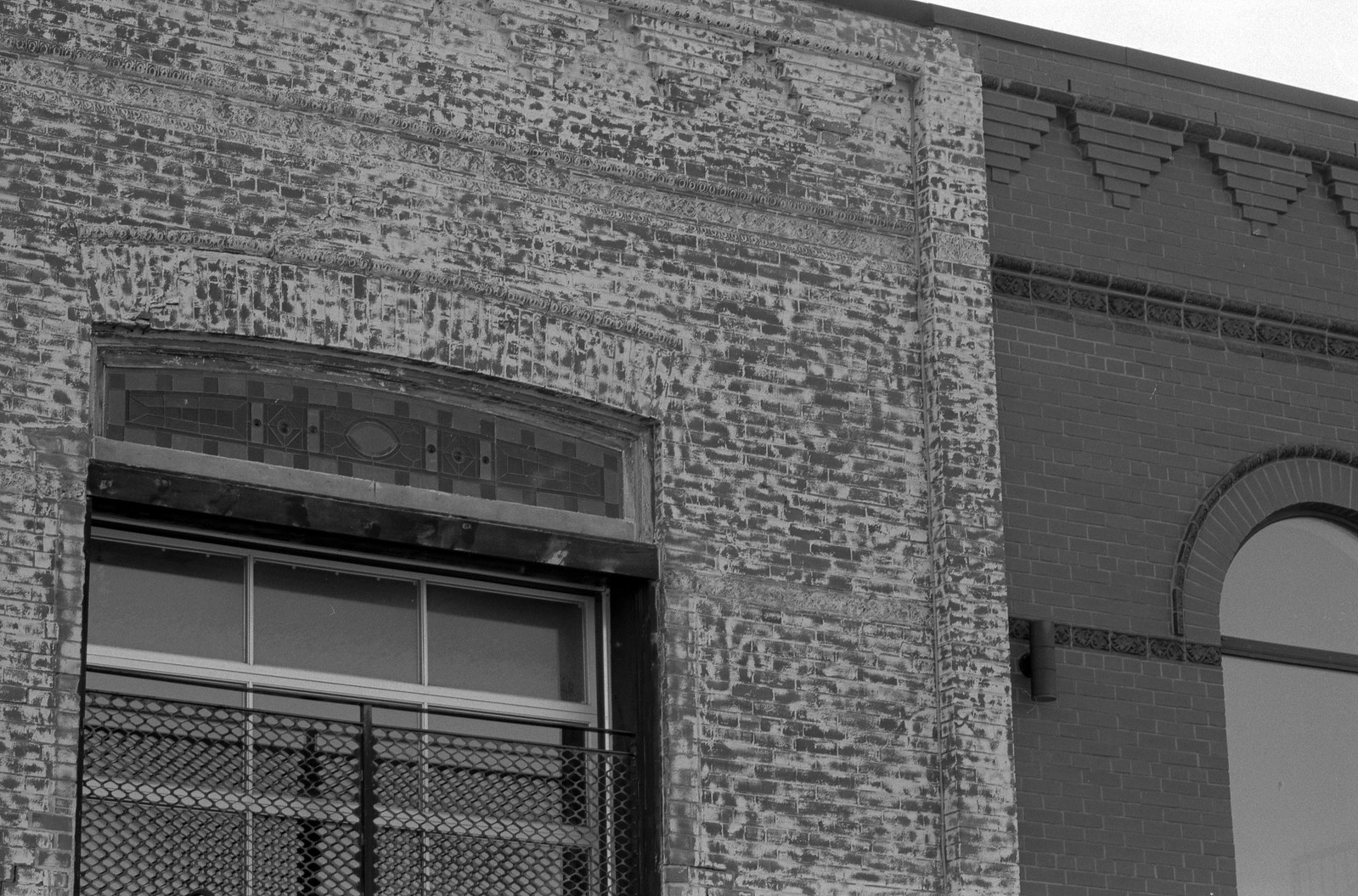
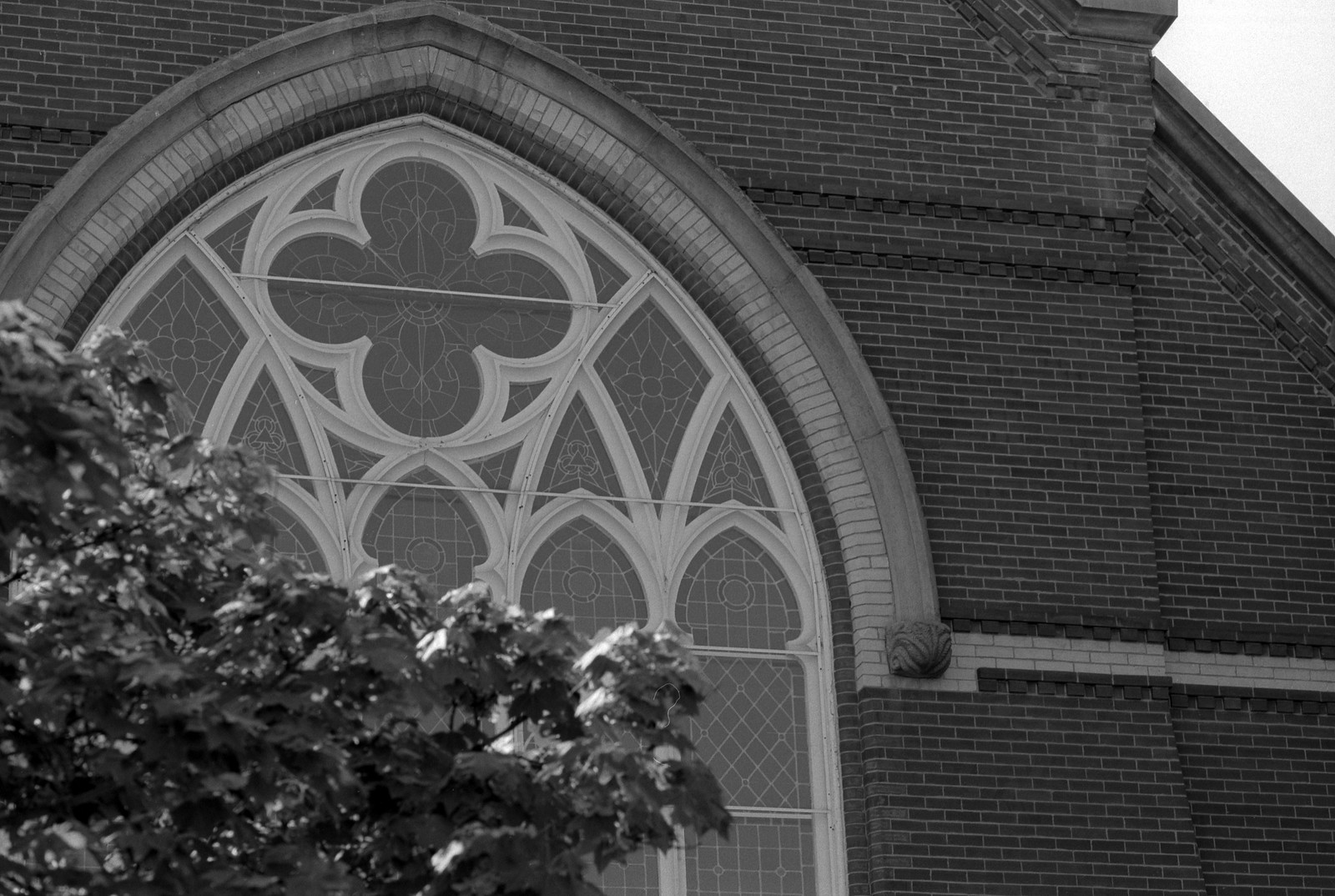

The Low Down
This lens isn’t for the faint of heart or the consumer; it’s a professional level lens and designed for professional-level cameras. As a D-Type lens, as a result, an AI-S glass at the same time. That means you can use the lens on cameras back to the Nikon F2AS as it still retains an aperture ring. But it does require for autofocus a lens that still has an in-camera AF motor and the direct linkage. That means you cannot use consumer-level SLRs. I’ve used the lens on many different cameras, the F4, F5, D300, and even the F90. It’s worked flawlessly on all these cameras. And if you’re interested, you don’t have to hit the used market to purchase the lens as Nikon still makes these beauties new, despite having a modern AF-S version of the lens. But many feel that the older f/2D is the sharper lens. But watch out, the lens does carry a price tag of approximately 1,000$, and a good example on the used market is over 700$. But honestly, the lens is worth every nickel.
Further Reading
Don’t just take my view on the Nikkor 105/2D, check out these other reviews.
Ken Rockwell – Nikon Nikkor 105mm f/2D Review
Fred Miranda – DC Nikkor 105mm f/2D Review
Imaging Resource – Nikkor 105mm f/2D Review
